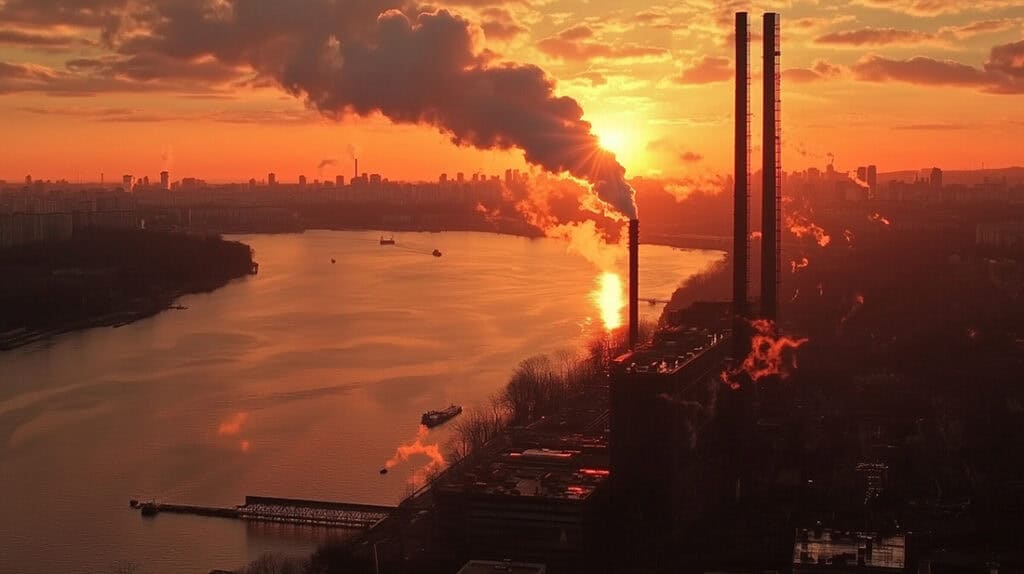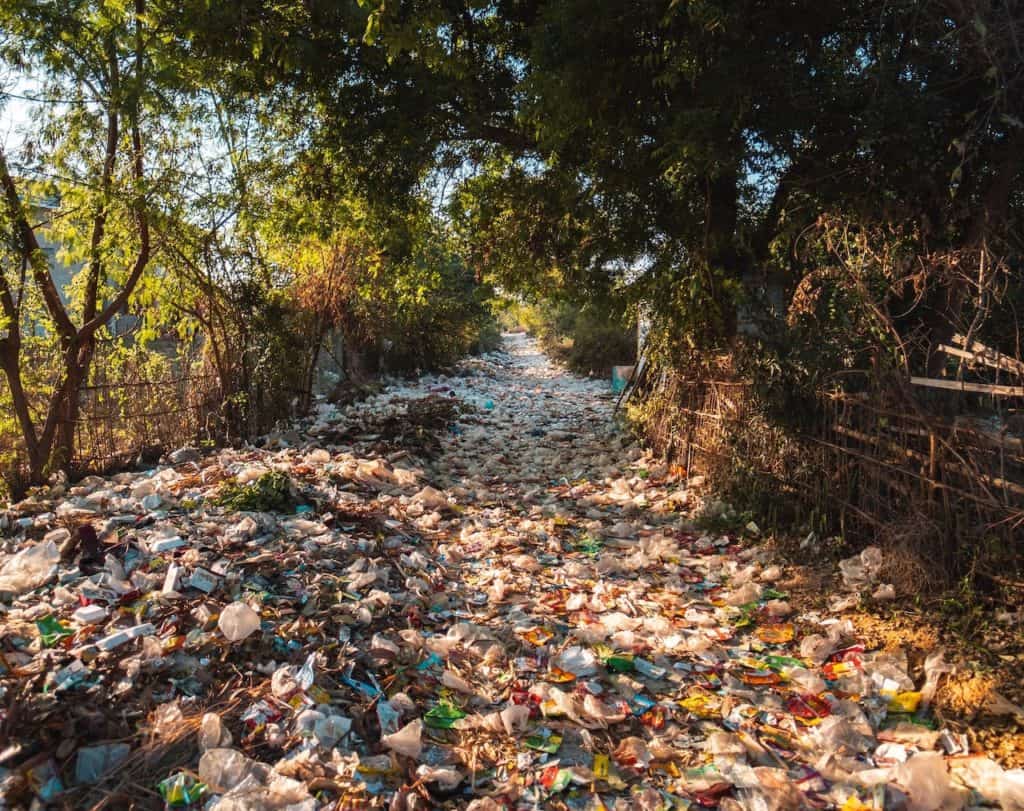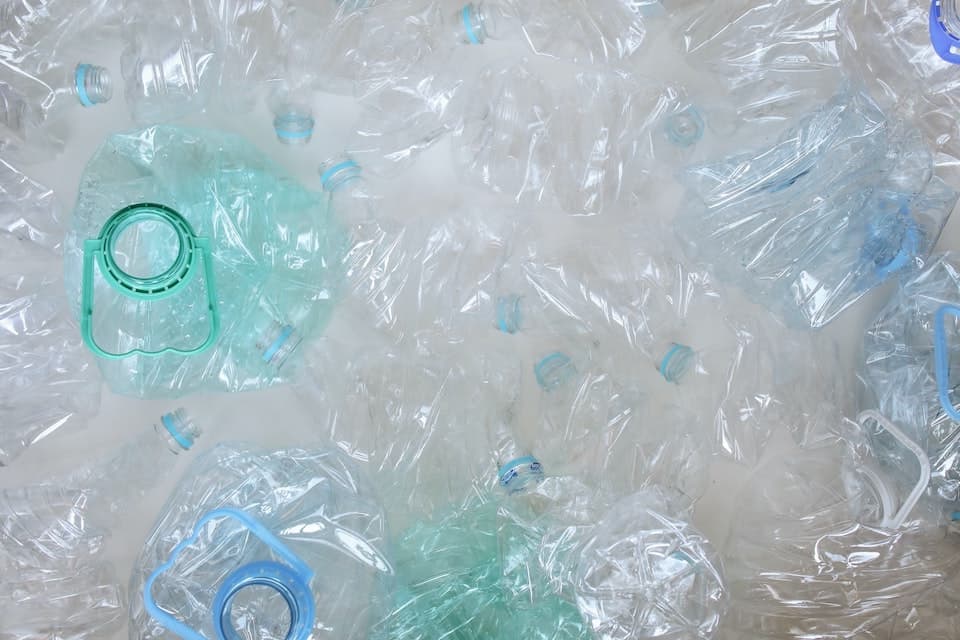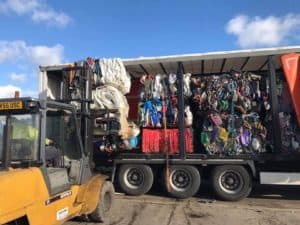When the UK joined the EU in 1973, recycling as we know it was yet to be born. People exchanged their glass bottles for money, plastic had not yet become the convenient packaging material of choice, and we were still decades away from a regular collection service.
1977 saw the first glass bottle bank introduced in South Yorkshire, but after that, recycling still failed to take off. By the year 2000, the UK had a recycling rate of just 12%, despite 60% of waste generated being deemed recyclable. We were one of the worst recyclers in Western Europe, dubbed the ‘Dirty Men’.
Recycling Rates in other European countries
By 2003, the situation had reached a point where other countries in Europe were completely leaving the UK in their dust when it came to recycling rates. Austria was recycling more than 60% of their waste, with Denmark not far behind. At the time, the UK’s overall recycling rate was hovering around 20%.
In 2003, the UK Parliament finally passed an act that would make recycling mainstream. The 2003 Household Waste Recycling Act stated that by 2010, every UK council would have to collect and recycle at least 2 types of material from homes in their area.
What does this have to do with the EU?
In 1999, the EU introduced the 1999 EU Landfill Directive, which required the UK to reduce its landfill rates by 75% (of their 1995 rate, by 2010). The UK had to get to work fast and introduce some meaningful and considerable changes to the way we approached waste and recyclables.
In 2001, the Government then introduced WRAP (Waste & Resources Action Programme), based on similar schemes that other EU members had introduced to encourage recycling markets around the EU and internationally. It seemed to work, by 2004, UK municipal recycling rates were up to 19% (from 12% in 2000).
Ever since these early successes, the UK has continued to follow and be guided by EU waste directives, which not only set out achievable targets but also offered best practice solutions and important concepts like the waste hierarchy (introduced in 1975).
What else has the EU done to help UK recycling?
We can thank the EU for Producer Responsibility, or the concept of ‘the polluter should pay’, which most people agree is only fair. This idea is embedded in both the Packaging Directive and the Waste Electrical and Electronic Equipment Directive, which make manufacturers pay for part of the cost of collecting and recycling goods. A secondary benefit of this was that manufacturers then sought to design products and packaging that were easier to recycle and would generate less waste, which is why so much of the packaging we see nowadays can be recycled or is made from recycled materials.
Overall, the UK was floundering before it looked to the EU for guidance, and has since managed to make an impressive entry into the major recycling world. The UK doesn’t manage its waste collectively anymore, and each member state takes different approaches, with Wales turning out to be the leader of the pack. In 2017, England’s household recycling rate was 45.2%, compared with 46.3% in Northern Ireland, 43.5% in Scotland and 57.6% in Wales.
Fast-forward to recycling 2019
With the UK looking leave the EU, and a major international waste export crisis on our hands due to China’s law changes, how is our relationship with the EU and recycling going to change? Here’s what we know.
- The UK exports around half of its waste into the EU. Roughly half of that waste is recovered for energy.
- In preparation for leaving the EU, the UK has invested heavily in the incineration sector.
- Each year we make about £1bn selling recyclables to EU countries, but we also pay £400m to EU countries to accept our non-recyclables (which would otherwise be landfilled).
- Experts suggest by 2030 we will still have a shortfall of 6 million tonnes of waste (current 15 million) even if we invest and build more facilities in the UK. We will continue to be reliant on the EU when Brexit takes place.
- Brexit will raise costs, tariffs, delays, and disruptions making recycling and waste exporting a lot more challenging, which will likely lead to greater investment in domestic infrastructure.
- The UK actively does not support the EU’s target of 65% of urban waste by 2035.
- The UK will fail to meet the EU’s 2020 recycling target of 50%, having stalled at around 44-45% under the Conservative Government.
- Recycling performance around the UK is imbalanced, with South Oxfordshire’s recycling rate of 66.6% making them one of the best recycling regions in the world. How will Brexit help low-performing areas?
- Wales has its own ideas about waste and recycling, and has a recycling rate of 62%, making them the third best recycling nation in the world!
Plastic Expert’s Conclusion
If it weren’t for the EU’s landfill directive, we might still be taking advantage of our land and geology to make more and more landfills for our waste. If it wasn’t for the EU setting big targets and driving us forward, we might still be one of Europe’s so-called ‘Dirty Men’ (such as Malta and Romania, whose recycling rates are just 7% and 13% respectively).
EU membership, love it or hate it, has been an immensely progressive activity for the UK’s waste, helping us develop our own recycling infrastructure, energy recovery facilities, and build long-term partnerships with other countries. When we eventually leave the EU and are no longer being held accountable, well, that can only spell danger.







